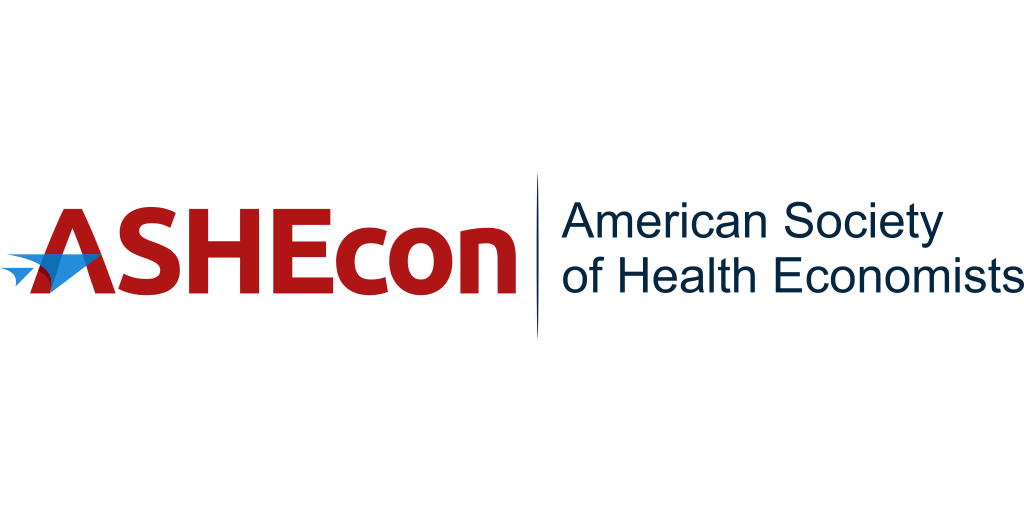Published in:

Abstract
Background
The Affordable Care Act imposes a 40 percent excise tax on high-cost “Cadillac” health insurance plans in excess of defined thresholds beginning in 2020.
Methods
Using economic theory and a microsimulation model, we predict how employers will respond to the Cadillac tax by adjusting wages and health insurance benefits.
Results
In its first year, 13.34 percent of individual and 16.73 percent of family employer-sponsored health insurance plan holders will be affected by the Cadillac tax; these percentages will increase to 35.33 and 42.01 percent, respectively, by 2025. Over 99 percent of those affected will reduce their health insurance benefits to the thresholds. Effectively, the Cadillac tax will impose a hard cap on health insurance benefits, causing a clustering of benefits at the thresholds and a sharp reduction in the variance of benefits. Revenue from the Cadillac tax through 2025 will total $204 billion, all but $42 million of which will stem from “indirect” revenues—health insurance benefits shifted into taxable wages. This shift will increase wage growth and decrease benefit growth for those affected by the Cadillac tax. We simulate a cap on the tax exclusion of employer-sponsored insurance premiums and conduct sensitivity analyses with linear regression metamodeling.
Conclusion
We provide new evidence regarding behavioral responses and the ensuing budgetary implications of the implementation of the Cadillac tax. Although the tax will affect approximately 13 percent of plan holders when it is implemented in 2020, its impact will grow threefold by 2025. Nearly all of those affected will reduce their health insurance benefits to the thresholds established by the Cadillac tax, effectively creating a hard cap on health insurance benefits. We project that the Cadillac tax will raise $204 billion through 2025, contributing to the likelihood that the ACA will be revenue neutral after the Cadillac tax is implemented.